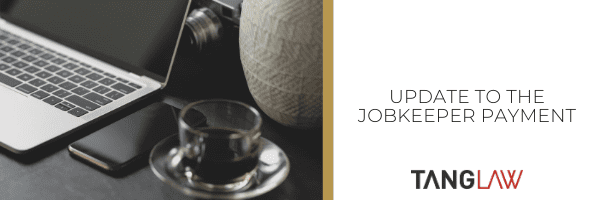An important recent decision by the Full Court of the Federal Court in WorkPac Pty Ltd v Rossato [2020] FCAFC 84 has confirmed that a casual employee can be deemed to be a permanent employee, despite the wording of the employment contract and the payment of a casual loading. Rossato follows the Full Court’s decision of WorkPac Pty Ltd v Skene [2018] FCAFC 131 which considered a similar issue involving the same employer. Interestingly enough it was WorkPac which commenced proceedings in Court following the Skene decision finding that an employee was deemed to be a permanent employee despite wording of the written contract.
Background
Mr Rossato was an employee of WorkPac from 28 July 2014 to 9 April 2018 under six consecutive contracts of employment. WorkPac treated each employment period as causal employment and deemed Mr Rossato as a casual employee. Following the Skene decision, Mr Rossato claimed that he should be considered as a permanent employee and sought outstanding entitlements to paid annual leave, paid personal/carer’s leave, paid compassionate leave and public holiday pay in accordance with the Fair Work Act 2009 (Act) and the relevant enterprise agreement, commensurate with that status.
WorkPac commenced proceedings and sought declarations that Mr Rossato was a casual employee. WorkPac argued that:
- pursuant to Mr Rossato’s six contracts of employment, at common law and for the purposes of the Act and the enterprise agreement, Mr Rossato was a casual employee;
- Mr Rossato’s pay incorporated a 25% casual loading and WorkPac was entitled to set off the entitlements owing to Mr Rossato;
- due to total failure of consideration or by mistake, Workpac was entitled to recover part of the remuneration paid to Mr Rossato in accordance with the enterprise agreement.
Full Court decision
The Full Court confirmed that a defining attribute of a casual employee is that they do not have firm advance commitment from the employer. On the other hand, Mr Rossato’s employment contracts demonstrated firm advance commitment for the following reasons:
- Mr Rossato worked regular and predictable hours;
- Mr Rossato was offered free on-site accommodation during his shifts;
- Mr Rossato could accept and reject the shifts offered to him;
- Mr Rossato’s shifts were pre-programmed long in advance;
- WorkPac could stand down Mr Rossato in circumstances of a strike, breakdown of machinery, or any stoppage of work for any cause for which WorkPac could not be held reasonably responsible;
- the extended nature of the contracts which stated that the length of an assignment is a guide only and may vary; and
- the language of the contract, which stated that the standard ordinary hours were 35 to 38 hours per week, which are the same as the ordinary hours of full-time employees under the enterprise agreement.
Further, the Full Court held that due to the wording of the contracts, the entitlement to leave could not be satisfied by set-off payment instead of taking leave.
Recommendations for employers
- Review your current casual contracts to ensure the set off provisions are clearly drafted and that the casual loading is a separate identifiable amount – statements of ‘in lieu of those benefits’ may not hold when tested
- Review your casual-to-permanent arrangements and ensure that there is documentation stating that an employee consents to remaining casual
- Review the Modern Award that applies to your employees and check when the business has to offer permanency to casual employees and ensure that you are meeting the requirements of the Modern Award
- Ensure that you do not roster your employees’ shifts too far in advance as this may indicate firm advance commitment associated with permanent status
To obtain further employment information or to have your current arrangements reviewed please contact the team at Tang Law on +61 8 9328 7525 (Perth) +61 3 9013 7313 (Melbourne) or at [email protected]
#Casual Staff Entitlement #Casual Staff Contract Review
About Writer
Martin Koshy is the Litigation and Dispute Resolution Partner at Tang Law. Martin practices in the areas of Employment Law, Commercial Litigation and Personal Injury and Compensation Law.
Tang Law represents both employers and employees in a wide range of employment law matters, including drafting and review of employment and other workplace contracts and representation in unfair dismissal claims.




